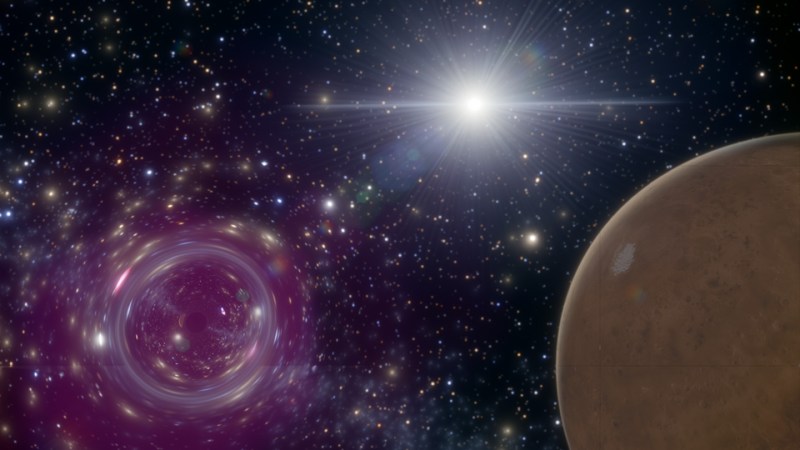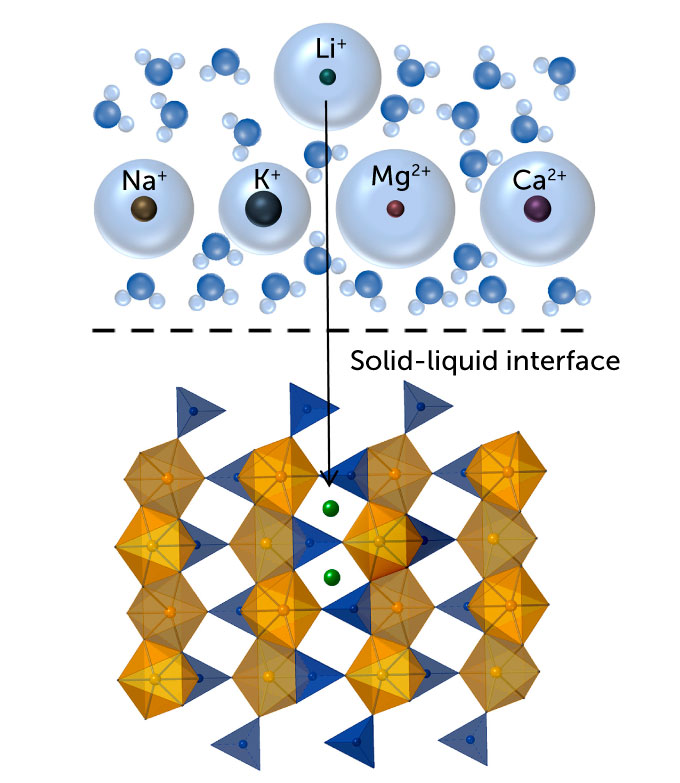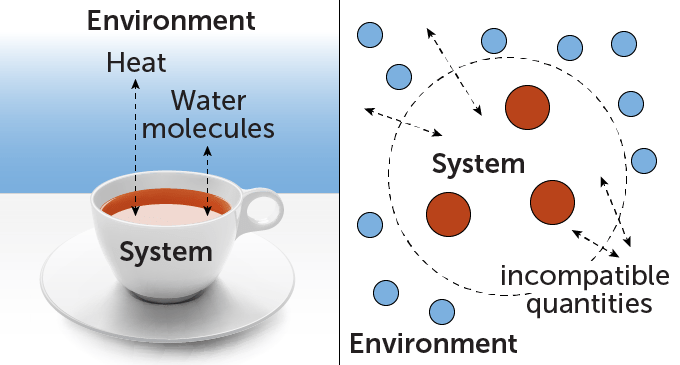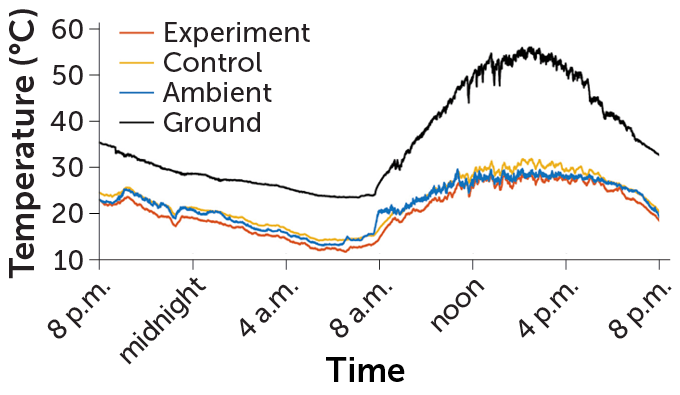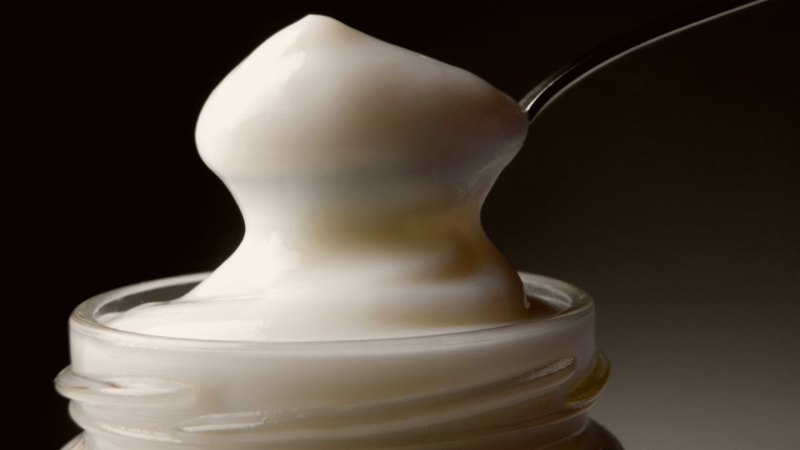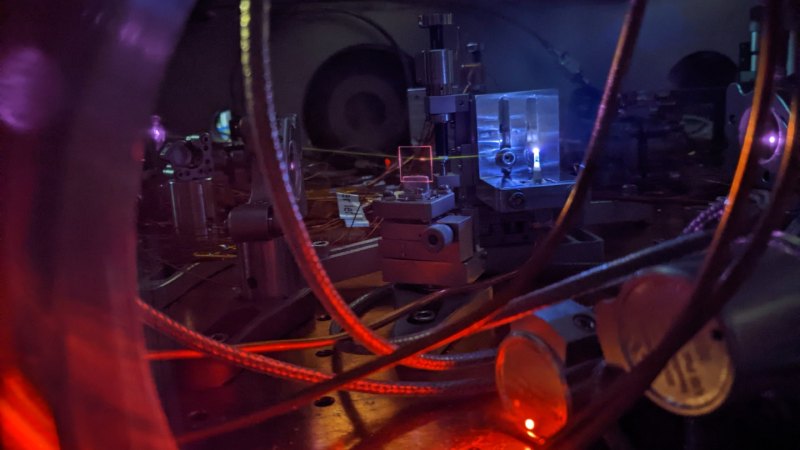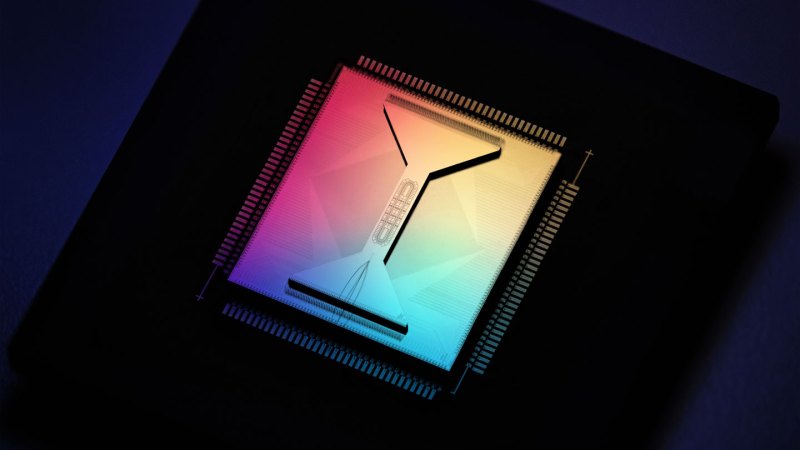How to spot tiny black holes that might pass through the solar system
Black holes about the size of a hydrogen atom could be careening through the solar system unnoticed. But their days of stealth may be numbered. Two teams of researchers propose methods to search for these tiny, hypothetical objects, which would have the mass of an asteroid. Because they would have formed in the universe’s infancy, … Read more
